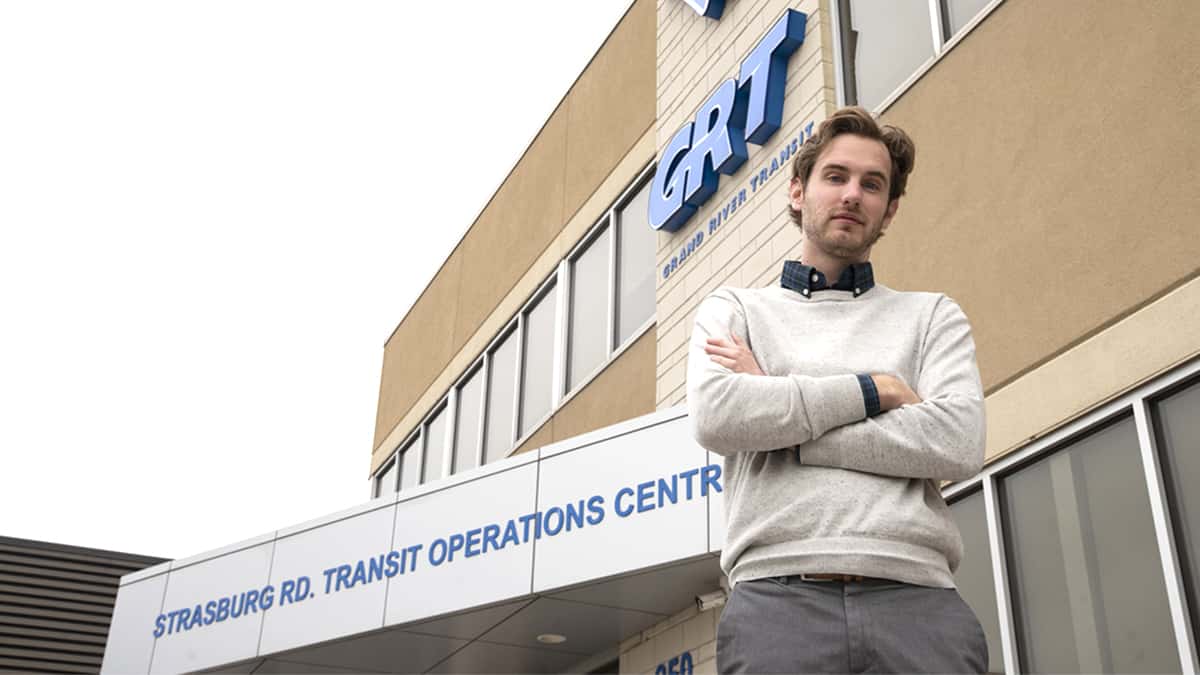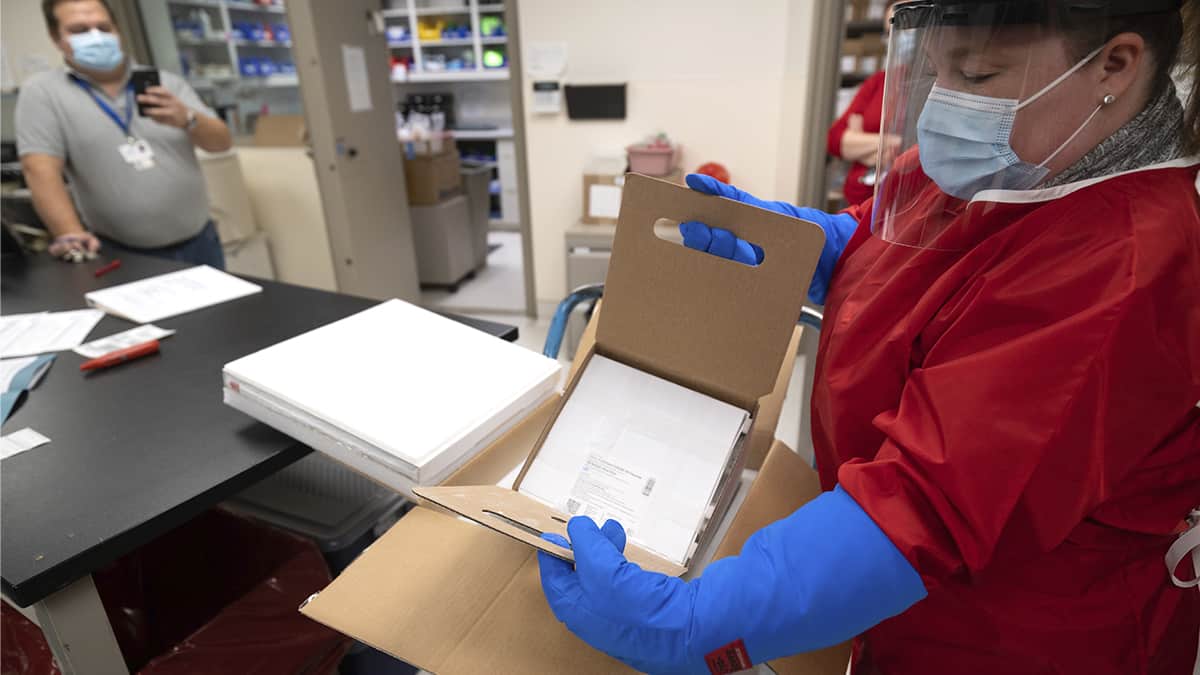Large drops in ridership that began last year are expected to continue through 2021, with Grand River Transit making some adjustments to this year’s recently approved budget.
Due to the pandemic, GRT expects ridership to be down 45 per cent from 2019 levels, with the region decreasing its operating budget by $11 million this year.
Some cuts to service were made in the early days of the pandemic, with most of them reversed later in the year when ridership picked up somewhat. Overall, revenues were off by 45-50 per cent last year due to large drops in ridership, to about 29,000 boardings per day from 96,000, with the resultant loss of about $2.5 million per month in revenues. As well, making all rides free in April and May cost about $7.8 million.
In the 2021 budget, there have been some cuts to service, particularly in areas around the universities in Waterloo. Already announced for the start of this year was the removal of the 110 College Express, a service provided by the Route 10. Upcoming later in the year, it is expected that more routes servicing the college and universities including routes nine, 13, 19, and 61, will be reduced from every 15 minutes to every 30 minutes.
Peter Zinck, director of transit services, says the focus on reductions is on the postsecondary institutions as many students are currently not travelling to campus.
“We will be having some service reductions that are focused on the colleges and universities due to the pandemic. So, our evaluation of ridership due to the closures and reduced class sizes on the campuses, ridership to those locations is significantly down. And so, we are adjusting our service to those areas. We started in January on the route 110 to Conestoga College, and in April, we’ll see reductions to other routes around UW (University of Waterloo) and [Wilfrid] Laurier [University],” said Zinck.”
This year, Zinck says they are expecting to see 55 per cent of their ridership compared to 2019, when they had about 22 million riders, this is up slightly from the projected 45 to 50 per cent in 2020.
He says when GRT looked ahead to 2021, they made some determinations which helped them predict their estimated ridership including return to class for postsecondary students and a broader availability for vaccines.
“We’ve tried to assess what we think will happen we did that through the budget process in the fall. When we started looking at what we thought could happen in 2021, we took a sort of a moderate growth approach, and we basically determined that, on average, for the year we were expecting about 55 per cent of our normal ridership from 2019 into 2021. So, we based that on return to classes at about 50 per cent in the fall – that’s at the postsecondary institutions. And we also sort of thought that vaccines will be broadly available later in 2021, so factoring those two things in consideration and return to some economic growth.”
He says this comes from projections related to the budget and those two factors play into things heavily, however, he acknowledges the risk that these may not happen, and things could not turn out the way they want.
In Woolwich Township, Zinck says we should not expect to see changes expected with service on route 21 or with Kiwanis Transit’s circulator bus in Elmira.
“Route 21 is interesting in that it is the route that received or retained the most ridership through the pandemic; it’s retained 70 per cent of its ridership. [Kiwanis] was in 2020 carrying approximately 50 per cent of its normal ridership. Through the period we’re in now with the stay-at-home orders and essentially locked down, ridership is around 20 to 30 per cent of a normal ridership, so it’s not as resilient as the 21 in terms of carrying services. But there are a few 100 people using the service a day.”









